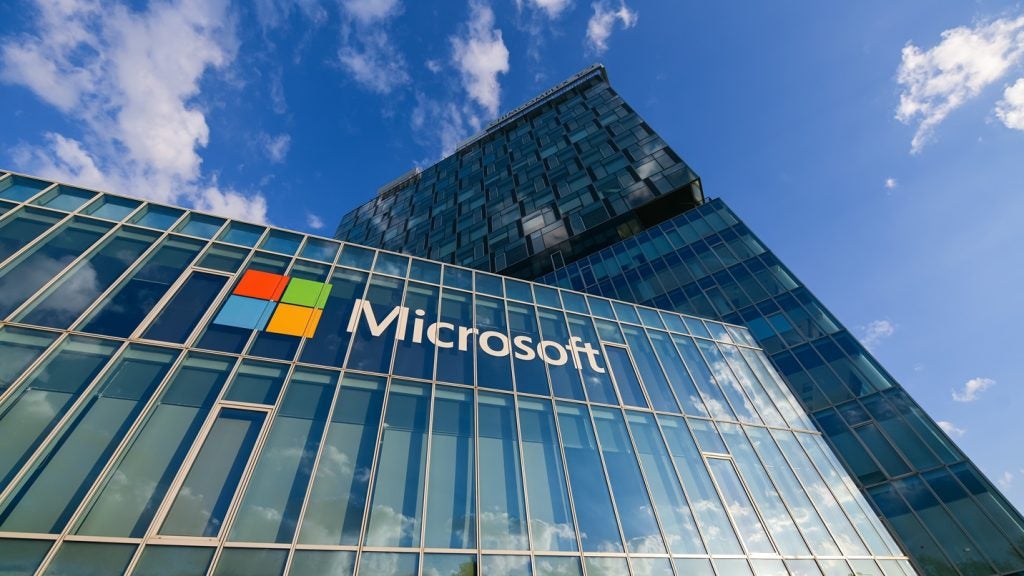Oracle has filed a patent for a method to generate an entity list using machine learning. The method involves processing identifying markers of a query item, generating a list of similar items, accessing entity profiles with scenario scores, calculating entity scores, and ranking entities to generate the entity list. The patent aims to improve query item matching and provide more accurate search results. GlobalData’s report on Oracle gives a 360-degree view of the company including its patenting strategy. Buy the report here.
According to GlobalData’s company profile on Oracle, Hybrid cloud mgmt was a key innovation area identified from patents. Oracle's grant share as of September 2023 was 70%. Grant share is based on the ratio of number of grants to total number of patents.
Generating an entity list based on query item similarity
A recently filed patent (Publication Number: US20230315798A1) describes a method and system for generating an entity list using machine learning. The method involves receiving a request for a query item, which includes multiple identifying markers. A machine learning model is then executed to process these identifying markers and identify similar items. The machine learning model provides a list of similar items and their respective similarity distances, which represent the distance between the identifying markers of the query item and each similar item.
For each similar item, the method accesses a respective entity profile that includes one or more scenario scores. Using the similarity distances and scenario scores, the method calculates an entity score for each entity profile. The entity profiles are then ranked based on the entity score, generating an entity list. Finally, the entity list is outputted to a client device.
The request for the query item can include text entered into fields displayed on the client device. One of these fields can contain a predetermined list of identifying markers displayed in a drop-down menu. The machine learning model calculates similarity distances between the query item and past items based on the identifying markers and determines similar items based on these distances.
The machine learning model can be trained by accessing entity profiles that contain item data associated with an item. The item data is provided to the machine learning model, which generates identifying markers for the item according to a predetermined scheme. The model is then retrained by defining new internal parameters associated with it.
The entity score calculation involves calculating a total similarity score for each similarity distance within a range of 0 to 1. Additionally, a total respective scenario score is calculated by scaling each scenario score using the respective total similarity score. The scenario scores can include numerical values assigned to factors such as response time, cost differential, and contract state.
The patent also describes a system for generating recommendations that includes a processor and a computer-readable memory device. The memory device contains instructions that enable the processor to perform the method described above.
In summary, this patent presents a method and system for generating an entity list using machine learning and similarity distances. The method involves processing identifying markers, accessing entity profiles, calculating entity scores, and ranking entities to generate the entity list. The system includes a processor and a computer-readable memory device with instructions for performing the method.
To know more about GlobalData’s detailed insights on Oracle, buy the report here.
Data Insights
From

The gold standard of business intelligence.
Blending expert knowledge with cutting-edge technology, GlobalData’s unrivalled proprietary data will enable you to decode what’s happening in your market. You can make better informed decisions and gain a future-proof advantage over your competitors.







